Nestled in the heart of Bali, Mount Agung captivates with its ancient charm. Once reserved for sacred Hindu rituals, it now became a hotspot for tourists.
Yet, amid the surge in tourism, the Governor of Bali has proposed to ban tourist activities on Mount Agung.
To understand why, let's explore Mount Agung's importance to the Balinese and uncover the essential guidelines for climbing this holy mountain.
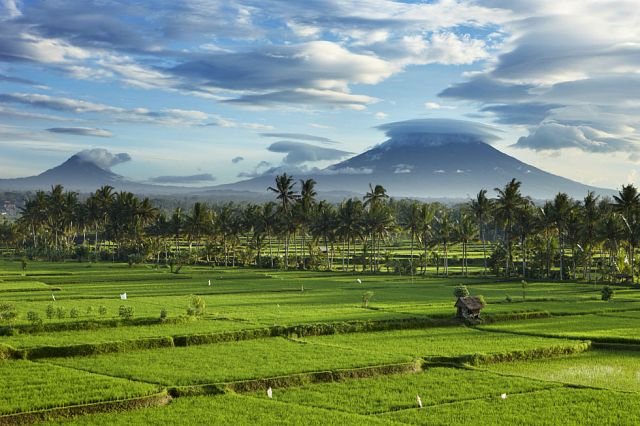
The Significance of Mount Agung
Standing tall at 3,031 metres, Mount Agung is an active volcano in Bali.
It has a real impact on Bali's environment and culture.
The rich volcanic soil around it supports abundant crops, particularly rice, which grow on its slopes.
Mount Agung also influences the weather patterns, affecting rainfall and climate on the island.
Mount Agung's eruptions, though sporadic and cataclysmic, shape the island's topography. The most recent eruptions in 2017 and 2019 casted a shadow of uncertainty over the island, leading to evacuations and disruptions to daily life.
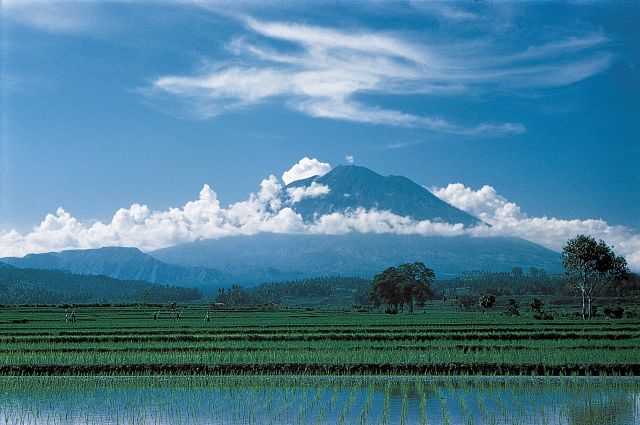
The origins of Mount Agung are steeped in myth and folklore, echoing tales of ancient deities and cosmic energies.
According to Balinese legends, Mount Agung emerged from a fragment of Mount Meru, the revered peak in India believed to bridge heaven and earth.
One tale tells how the gods saw Bali floating on the ocean, so they placed Mount Agung in the middle of the island to keep it steady.
In Balinese cosmology, Mount Agung is revered as a manifestation of divine presence. Hindus on the island consider it the dwelling place of Mahadewa, the supreme manifestation of Lord Shiva, symbolising destruction and rebirth.
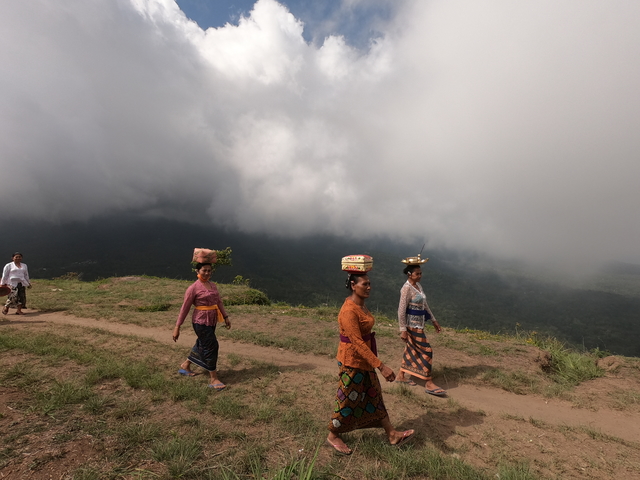
Located on Mount Agung's southwest side is Pura Agung Besakih, one of the most sacred places of worship for Balinese Hindus.
While the exact age of the temple is uncertain, it likely traces back to prehistoric eras. Some of its structures bear resemblance to ancient stepped pyramids, indicating an age of at least 2000 years. Originally named Basuki after the dragon deity 'Naga Besukian' associated with the volcano, the temple gradually evolved into 'Besakih' over time.
Adjacent to Mount Agung is Tirta Giri Kusuma, a significant site where Balinese people gather holy water.
According to their belief, this water originates from Mount Agung and is considered purest at its source. Therefore, Balinese collect this holy water from Tirta Giri Kusuma for use in sacred temple ceremonies across the island.
Ascending Mount Agung: Tradition and Tourism
Decades ago, climbing Mount Agung was a serious endeavour. A priest had to accompany hikers, who were expected to bring offerings and only carry essentials. Worldly belongings like money or fancy items were seen as disrespectful to the gods.
However, there were those who dared to climb the holy mountain unaccompanied.
A local man in his 60s tells bali.live a story of how he climbed Mount Agung by himself at night and asked the holy spirit for wealth and power atop of the mountain at the sunrise. He shows his beautiful house that sits on several acres of land in Denpasar, his many expensive cars and his beautiful young wife saying that his solo trip to Mount Agung worked wonders for him.
Whereas it is difficult to assess where his wealth comes from, one thing for sure is that the man is acutely aware of the effect that this story, in combination with the displayed riches, would have on listeners. The conclusion that can be drawn from this flamboyant behaviour is that the Mount Agung story just adds to the enigma image that the man wishes to show to us.
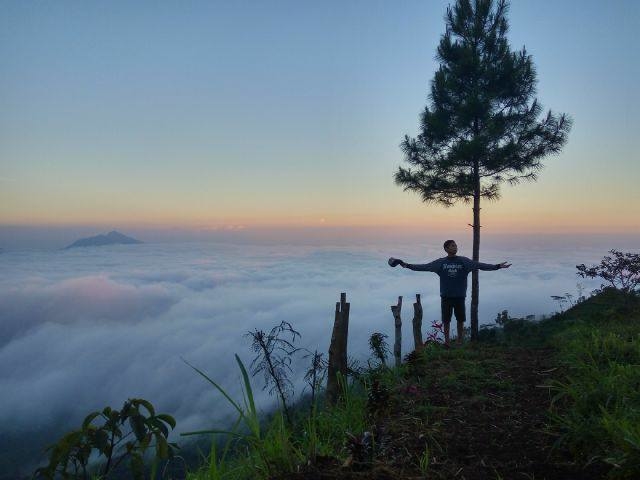
In recent years, Mount Agung has become a sought-after destination for tourists, with many tour operators offering climbing expeditions to its summit.
However, the surge in tourism, driven by the appeal of adventure and spirituality, has strained the delicate balance between reverence and exploitation. Instances of disrespectful behaviour and disregard for cultural norms are on the rise.
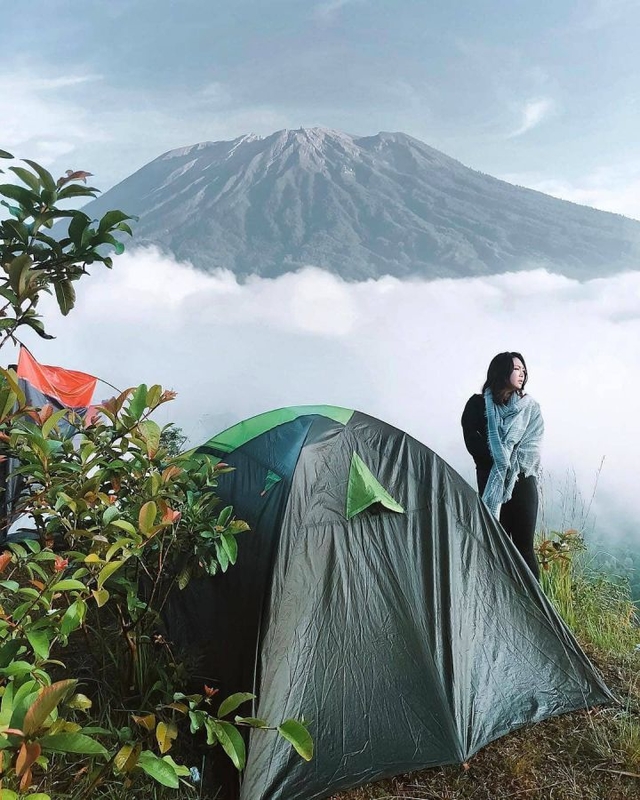
According to local guides, violations by tourists can lead to mystical misfortunes. These effects may manifest immediately or over time, impacting both the individual who behaved improperly while climbing Mount Agung and the local community.
An illustrative incident of an immediate consequence occurred when foreign climbers were unable to ascend Mount Agung due to strong winds. It was later discovered that these climbers had beef jerky with them. This, in the opinion of the local guides, was the cause of the problem during ascent as cows are considered sacred in Hindu tradition, and consuming their meat is taboo. Plainly speaking, nature intervened to prevent these climbers from scaling the holy mountain due to their violation of religious norms.
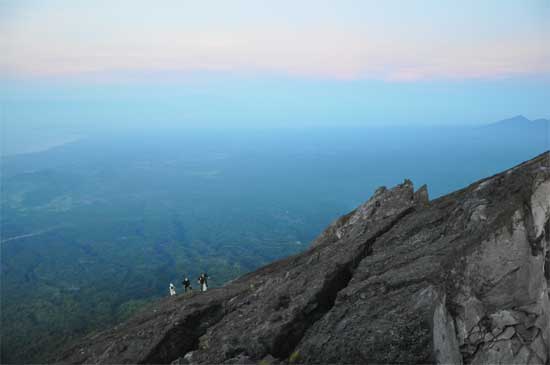
An example of a delayed consequence of misbehaviour is illustrated by an incident involving a tourist who posted a half-naked photo from the summit of Mount Agung online. Authorities reacted swiftly to this offence, leading to the tourist's deportation from Indonesia. Prior to his departure, the tourist was ordered to perform a religious Hindu ceremony as a form of apology. While some may perceive this as a consequence imposed by authorities, the reality is that the individual has been barred from returning to the country due to their actions atop the sacred mountain.
Regarding the impact on local people, some believe that tourist activities on Mount Agung contributed to the eruptions in 2017 and 2019. This belief prompted Bali's governor at the time, I Made Mangku Pastika, to publicly state that there is nothing mystical about Mount Agung and that all phenomena can be scientifically studied.
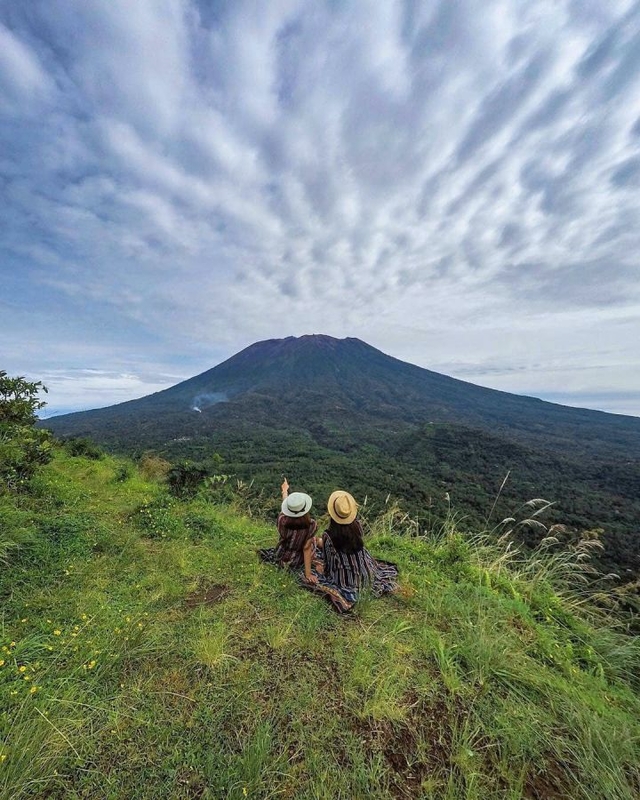
Proposed Measures for Preservation
Due to repeated incidents of tourist misbehaviour, Bali's current governor, I Wayan Koster, has proposed a ban on tourist activities on Mount Agung.
"These mountains are sacred and revered. If their sanctity is damaged, it is the same as degrading the sacredness of Bali," Koster told reporters.
He emphasised that popular activities like mountain climbing, and hiking would no longer be allowed for foreign and domestic tourists, as well as locals.
Although the ban has not been implemented, its proposal sends a strong message to prospective climbers: familiarise yourselves with local customs and behave respectfully.
Do's and Don'ts When Climbing Mount Agung
Do's:
1. Respect Mount Agung as a holy site for Balinese Hindus.
2. Adhere to traditional customs and bring offerings as a sign of reverence.
3. Familiarise yourself with local cultural norms before ascending the mountain.
4. Be mindful of your behaviour and its impact on the sacredness of the site.
5. Follow the guidance of local guides and authorities to ensure a respectful experience.
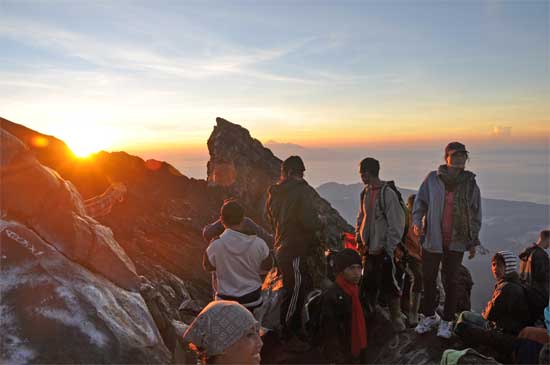
Don'ts:
1. Don't bring items that violate cultural or religious norms, such as beef products.
2. Avoid disrespectful behaviour, such as inappropriate clothing or actions, while on the mountain.
3. Don't engage in activities that may disrespect the sanctity of Mount Agung or its surroundings.
4. Refrain from posting inappropriate content or photos online, especially from the summit.
5. Don't disregard warnings or guidelines provided by local authorities regarding behaviour on the mountain.
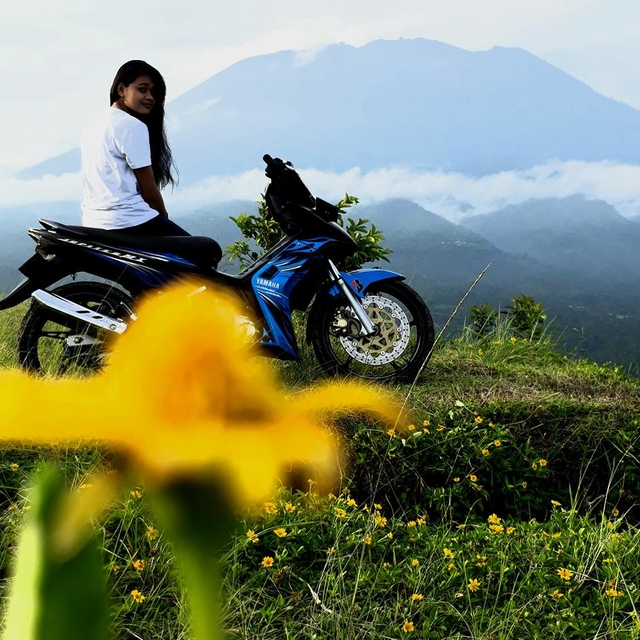
Sources:
- "Benarkah Gunung Agung di Bali Itu Mistis? Ini Kisah Nyatanya" - kupang.tribunnews.com Link: https://kupang.tribunnews.com/2018/06/29/benarkah-gunung-agung-di-bali-itu-mistis-ini-kisah-nyatanya?page=2
- "Gubernur Bali: Jangan Percaya Kalau Gunung Agung Itu Mistik" - beritadewata.com Link: https://beritadewata.com/gubernur-bali-jangan-percaya-kalau-gunung-agung-itu-mistik/
- "Legenda Gunung Agung: Potongan Gunung Mahameru yang Jatuh di Tanah Bali Saat Diangkat oleh Para Dewa" - intisari.grid.id Link: https://intisari.grid.id/read/031598977/legenda-gunung-agung-potongan-gunung-mahameru-yang-jatuh-di-tanah-bali-saat-diangkat-oleh-para-dewa?page=all
- "Bali tourist deported over Mount Agung nude photo" - edition.cnn.com Link: https://edition.cnn.com/travel/article/bali-tourist-deported-mount-agung-nude-photo-intl-hnk/index.html
- "Bali mountain tourist ban" - edition.cnn.com Link: https://edition.cnn.com/travel/article/bali-mountain-tourist-ban-intl-hnk/index.html
- "The Importance of Mount Agung: Bali's Sacred Volcano" - lotusbungalows.com Link: https://www.lotusbungalows.com/news/the-importance-of-mount-agung-balis-sacred-volcano/
- "Why Mount Agung Is the Most Sacred Mountain in Bali" - theculturetrip.com Link: https://theculturetrip.com/asia/indonesia/articles/why-mount-agung-is-the-most-sacred-mountain-in-bali
You can add one right now!